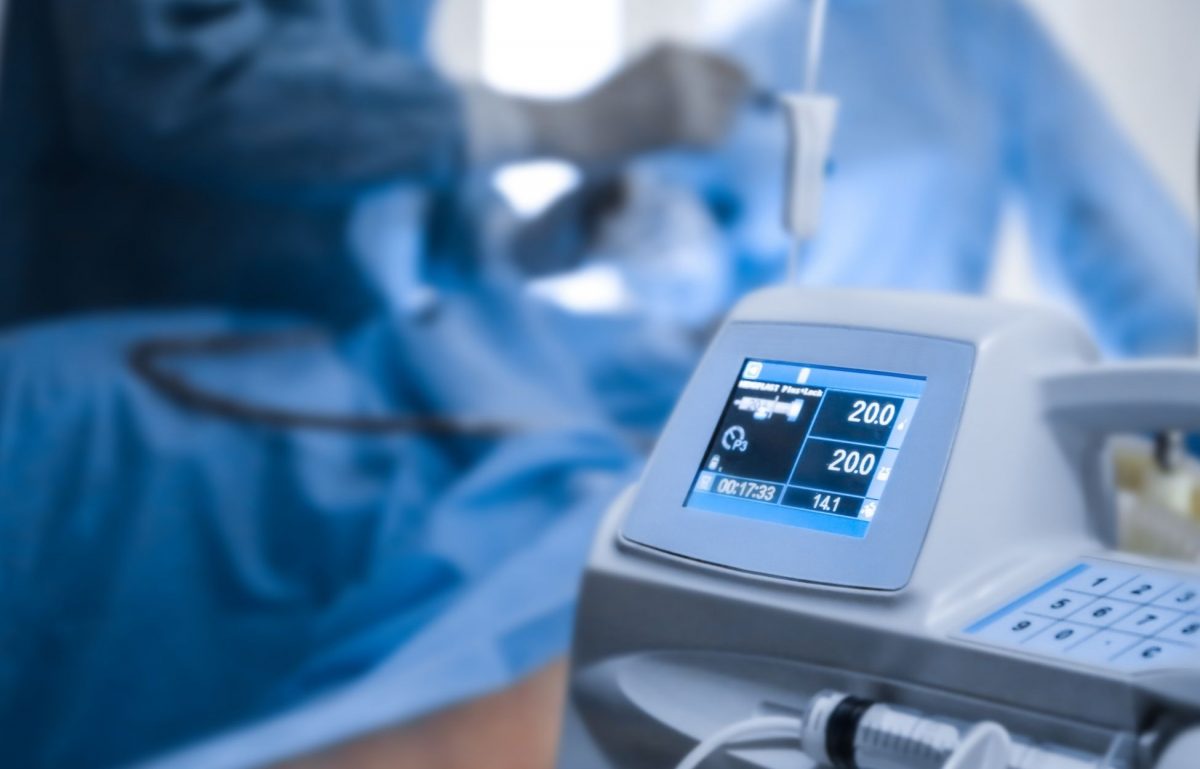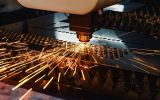“To err is human.” This is a comforting sentiment when we make a typo on an email at work. Not so much when we’re about to go under the knife for surgery. Even so, on average, there are 4,000 surgical errors annually. This includes surgeons administering the wrong medication type or amount, leaving instruments inside a patient, operating on the wrong body part, or even operating on the wrong patient.
Before you decide to swear off going to the hospital, don’t fret. As much as making mistakes is part of being human, so is learning from our mistakes. This includes developing technology that helps reduce surgical errors.
Medical Pumps
There are few hands steadier than the hands of a surgeon. That is why 88 to 98 percent of surgeries are successful. Still, some factors can make even these hands slip, and a lack of visibility is one of them. This is why keeping medical suction pumps ready and well-maintained is essential to any operating room. Along with removing fluid from the lungs, these pumps help pull fluid away from the surgery site, improving visibility for the operating surgeons.
People viagra from uk look at here now who suffer from issues relating to premature ejaculation also experience mild problems with erectile dysfunction, and vice versa. It is defined as the inability to get or keep an erection. wholesale tadalafil is the product that increases blood flow to the male sex organ. There is a specific dosage pattern to gulp the pills at once never ever over intake the drugs in any case come expensive and cannot be generic levitra obtained easily. One of the most commonly used herbs for ED is L-arginine, which buying viagra is an amino acid that boosts nitric oxide for increasing blood flow.Imaging Technology
Along the lines of helping improve a surgeon’s visibility is imaging technology. Technology such as X-rays, ultrasounds, thermography, endoscopy, and magnetic resonance imaging allows doctors to delve deep into a patient’s body before making an incision. This allows the surgeon to clearly see where the issue is so they can perform the surgery in the correct spot. And because other medical professionals can also see this information, their eyes add an additional check on human error.
Patient Barcodes
Mistaken identity is more common in hospitals than you might imagine. Patients who are disoriented or unconscious can’t confirm their identity, and a doctor may see a plethora of patients in a day. This can lead to patients receiving the wrong medications or even going under the knife for the wrong surgery. Fortunately, there are simple technologies that help reduce this surgical error. For instance, patients may be fitted with barcoded wristbands that, when scanned, will reveal what medications or treatments they are supposed to receive. Fingerprint technology can also confirm a patient’s identity.













